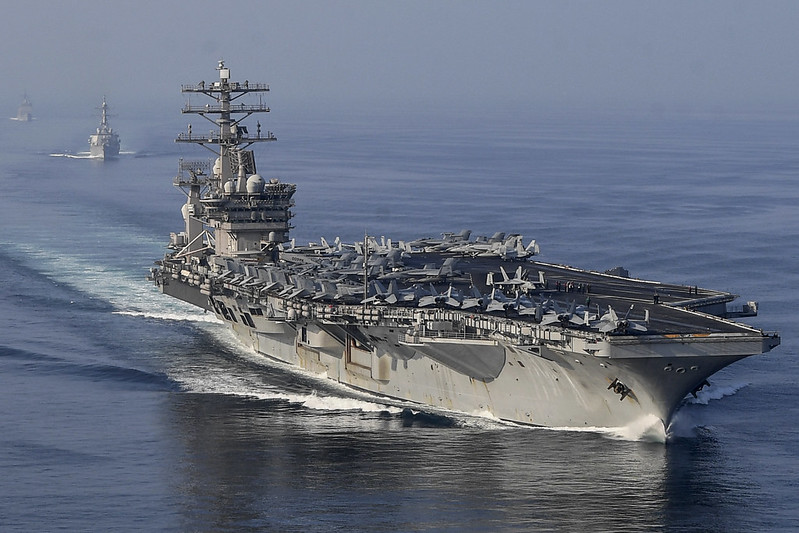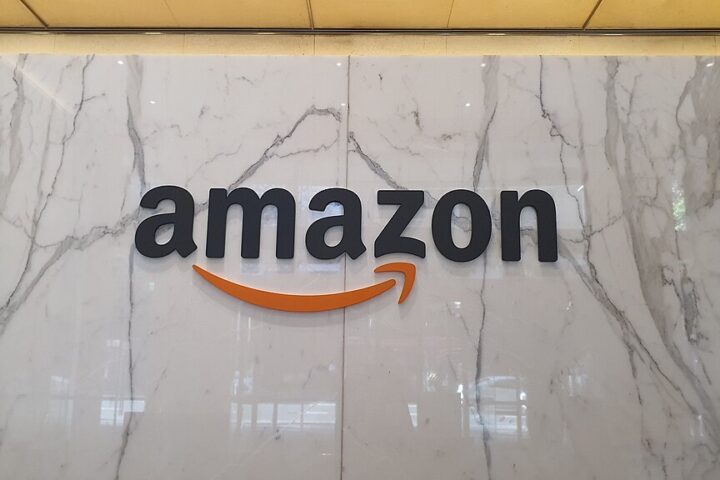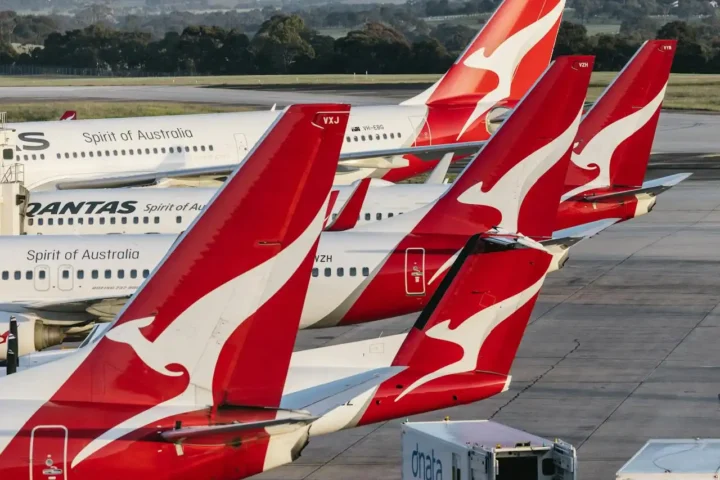The world’s oil supply chain faces a serious test this week after Iran’s parliament voted to close the Strait of Hormuz – the narrow waterway carrying one-fifth of global petroleum traffic. With oil prices climbing, diplomats are scrambling to head off a potential energy crunch.
Secretary of State Marco Rubio reached out Sunday with an unusual request: get Beijing to rein in Tehran. “I would encourage the Chinese Government in Beijing to call them [Iran], because they heavily depend on the Straits of Hormuz for their oil,” Rubio told Fox Business on June 22, according to Reuters.
The stakes are substantial. Brent crude rose by 1.97% to $78.53 a barrel on Monday morning – its highest since January – as traders factored in what energy experts call the “geopolitical risk premium.”
“Even brief disruptions could destabilize already tight markets,” warned International Energy Agency Director Fatih Birol at last week’s Gas & Oil Conference, as reported by Reuters.
The numbers tell the story. About 20 million barrels flow through the strait daily – roughly 20% of global petroleum consumption, according to the U.S. Energy Information Administration. Any blockage would immediately squeeze global supply.
The chokepoint issue isn’t new to energy markets. During the 1984-88 Iran-Iraq “Tanker War,” both countries targeted each other’s vessels, eventually prompting U.S. naval escorts under Operation Earnest Will. More recently, Iran seized the Portuguese-flagged MSC Aries on April 13, 2025, citing “violation of maritime laws,” according to Clyde & Co.
Similar Posts:
What makes this situation different is the timing – markets were already tight before these tensions flared.
While Iran’s Majles (parliament) voted to close the strait following U.S. strikes on nuclear facilities, the final decision rests with the Supreme National Security Council, chaired by the President but ultimately directed by Supreme Leader Ayatollah Khamenei.
This two-step process creates a window for diplomacy – one that Rubio hopes China will use given its significant leverage as Iran’s largest oil customer.
China imported approximately 1.8 million barrels per day from Iran in March 2025, according to ship tracking data from Vortexa, as reported by Press TV.
Gulf oil producers have spent decades building bypass routes precisely for this scenario:
The Saudi East-West Pipeline carries up to 5 million barrels daily from Abqaiq to Yanbu on the Red Sea. The UAE’s Habshan-Fujairah line adds another 1.5 million barrels of capacity that doesn’t require Hormuz transit.
But these alternatives cover only about a third of normal strait traffic.
For immediate market stabilization, the International Energy Agency could tap emergency reserves – up to 120 million barrels, though such releases typically occur over a six-month period, as was the case with the April 2022 coordinated action.
The shipping industry is already feeling pressure. Insurance rates for vessels transiting the Gulf have climbed, though specific figures aren’t publicly available from industry bulletins.
These increased premiums translate into higher freight rates, which ultimately feed into consumer prices – not just for gasoline but potentially for any goods transported using petroleum fuels.
Part of what makes the situation complex is the legal framework surrounding the strait. Under the United Nations Convention on the Law of the Sea (UNCLOS), international straits permit “transit passage” that cannot be suspended.
Iran ratified UNCLOS in November 1982, while the U.S. remains outside the treaty, creating uncertainty about which rules apply – the “transit passage” regime that cannot be suspended or the “innocent passage” rules that allow temporary closures.
Major Oil Buyers Watching Closely
Beyond China, other major oil importers through Hormuz include:
- India, which imported between 400,000-600,000 barrels daily from Iran before sanctions, reaching as high as 789,000 barrels per day in October 2016, according to Reuters
- Japan, which sourced about 81% of its oil imports from Gulf Cooperation Council countries in September 2024, according to Economy Middle East
Goldman Sachs analysts project that Brent could peak at $110 per barrel if passage through the strait is blocked for a month, Reuters reported on June 23.
Regional Security Response
Gulf Cooperation Council foreign ministers are scheduled to meet in Riyadh today (June 24) to coordinate regional maritime security plans, according to Gulf News.
The European Union has already deployed its EUNAVFOR Aspides mission to safeguard freedom of navigation in the Red Sea and Gulf, operating under what officials describe as a “purely defensive” mandate that includes monitoring the Strait of Hormuz.
Meanwhile, the UN Security Council discussed a Russian/Chinese draft ceasefire resolution on June 23, though no formal vote was taken.

As tensions rise, oil markets are pricing in scenarios ranging from minor shipping disruptions to full closure.
Short-term disruptions would likely trigger strategic reserve releases and rerouting of tankers. A longer closure could push prices toward $110, according to Goldman Sachs projections.
For now, all eyes remain on Beijing, with Rubio’s diplomatic outreach highlighting the complex energy interdependence of global powers – even those often at odds politically.
The situation boils down to flows and bottlenecks – and whether diplomacy can keep oil moving through the world’s most critical petroleum checkpoint.


















